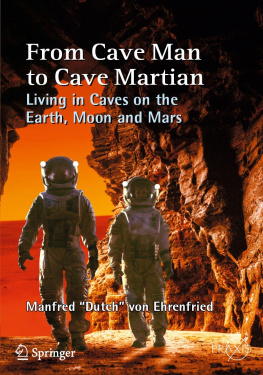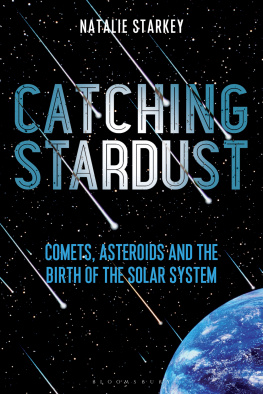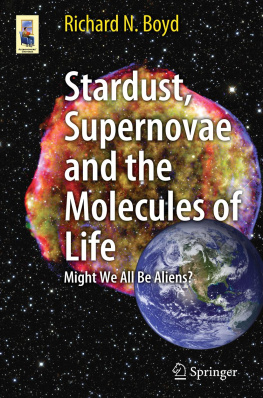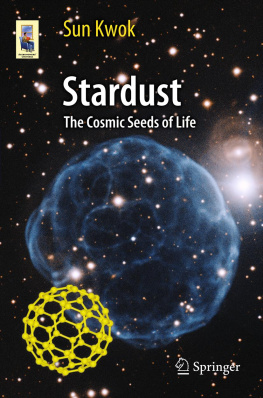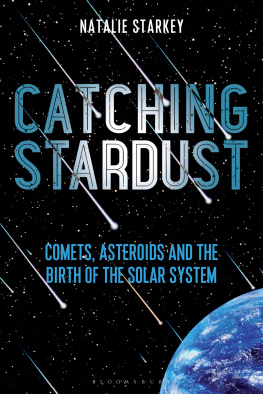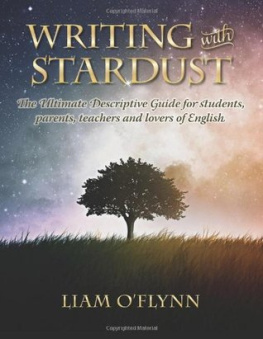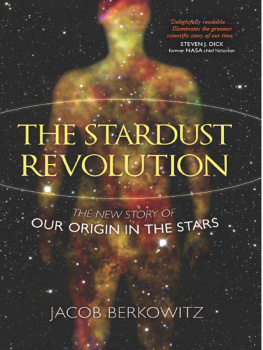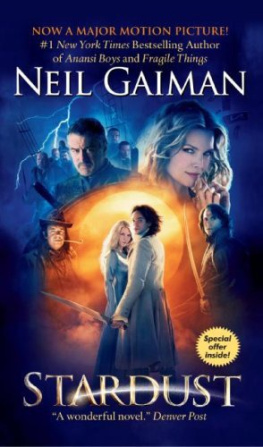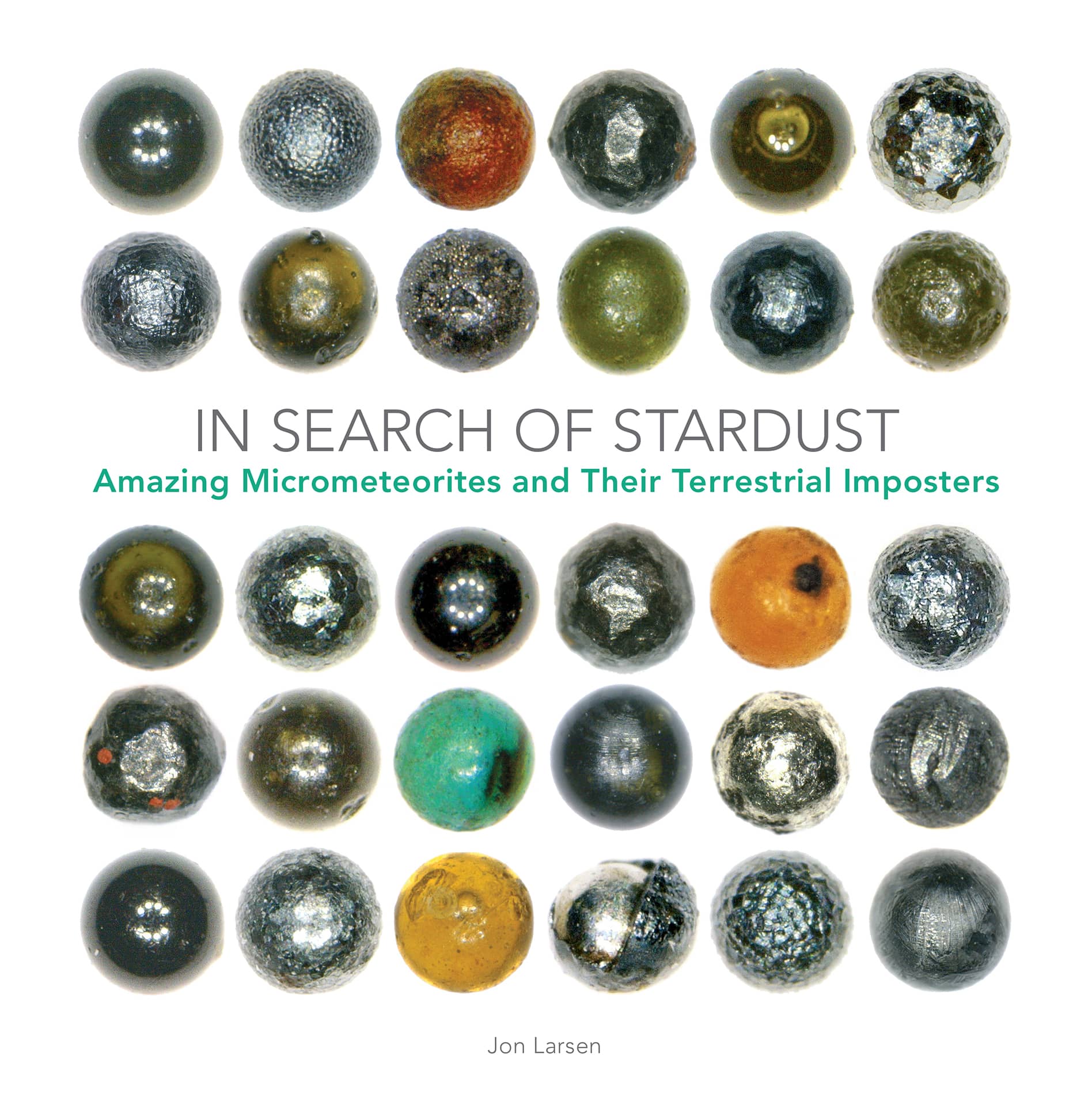Jon Larsen - In Search of Stardust: Amazing Micrometeorites and Their Terrestrial Imposters
Here you can read online Jon Larsen - In Search of Stardust: Amazing Micrometeorites and Their Terrestrial Imposters full text of the book (entire story) in english for free. Download pdf and epub, get meaning, cover and reviews about this ebook. year: 2017, publisher: Voyageur Press, genre: Children. Description of the work, (preface) as well as reviews are available. Best literature library LitArk.com created for fans of good reading and offers a wide selection of genres:
Romance novel
Science fiction
Adventure
Detective
Science
History
Home and family
Prose
Art
Politics
Computer
Non-fiction
Religion
Business
Children
Humor
Choose a favorite category and find really read worthwhile books. Enjoy immersion in the world of imagination, feel the emotions of the characters or learn something new for yourself, make an fascinating discovery.

- Book:In Search of Stardust: Amazing Micrometeorites and Their Terrestrial Imposters
- Author:
- Publisher:Voyageur Press
- Genre:
- Year:2017
- Rating:4 / 5
- Favourites:Add to favourites
- Your mark:
In Search of Stardust: Amazing Micrometeorites and Their Terrestrial Imposters: summary, description and annotation
We offer to read an annotation, description, summary or preface (depends on what the author of the book "In Search of Stardust: Amazing Micrometeorites and Their Terrestrial Imposters" wrote himself). If you haven't found the necessary information about the book — write in the comments, we will try to find it.
Tiny pieces of space rock called micrometeorites are everywhere on Earth. In Search of Stardust shows you how to find them!
The solar system is a dusty place. Every day approximately 100 metric tons of cosmic dust collides with Earth, mainly in the form of micrometeorites. Most of these mineral particles (iron, nickel, etc.) are smaller than grains of sand, and they are falling down on us all the time and all over the globe. Still, little is known about these exotic extraterrestrials.
In Search of Stardust is the first comprehensive popular science book about micrometeorites. Its also a photo documentary comprising more than 1,500 previously unpublished images: the first atlas of micrometeorites, hundreds of which are depicted here in high-resolution color microscopic photography and in scanning electron microscope imagery.
Author Jon Larsen shows readers how and where to look for micrometeorites, explains the history of micrometeoritics, and offers chapters about micrometeorite formation, classification, and analysis. Thanks to Larsens work, for the first time it is now possible for anyone to find these amazing tiny stones from space.
For more than a century it was believed these incredible space objects could be found only in pristine, unsullied environs like Antarctica and ocean floors. Larsen became the first to break the code and find micrometeorites in populated areas -- in fact, they can be found in the nearest rain gutter. In the book Larsen explains how anyone with a bit of inexpensive equipment can find their own micrometeorites.
It was recently discovered that King Tuts dagger was forged from a chunk of a meteorite. What else is made of extraterrestrial rock? Join the hunt!
Jon Larsen: author's other books
Who wrote In Search of Stardust: Amazing Micrometeorites and Their Terrestrial Imposters? Find out the surname, the name of the author of the book and a list of all author's works by series.

